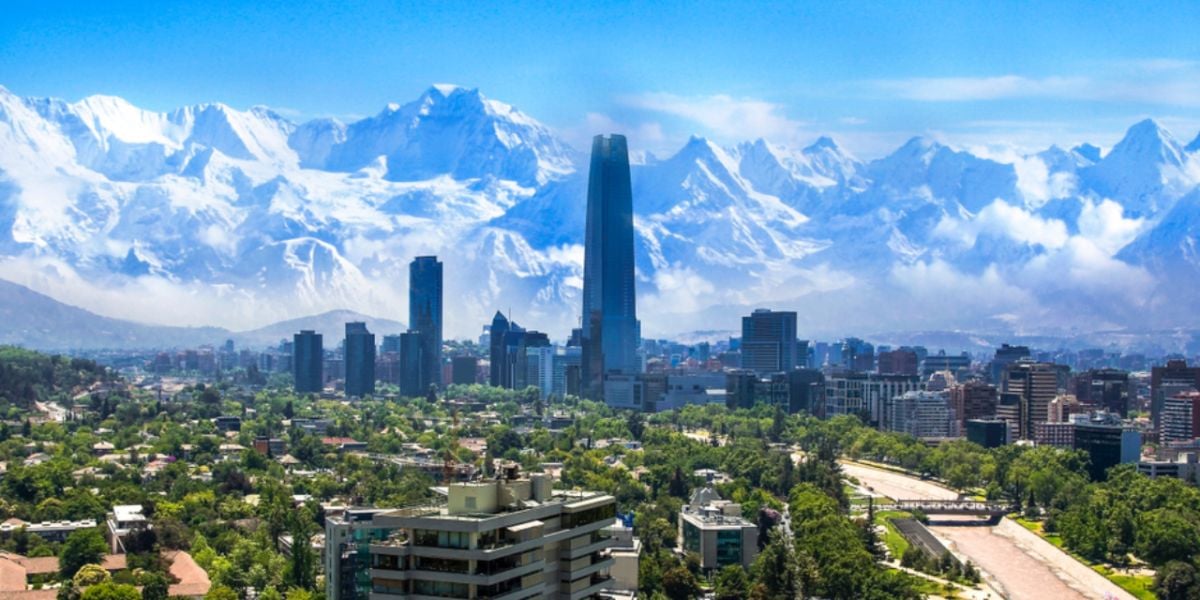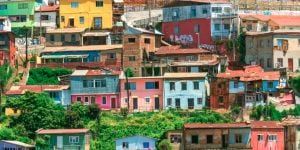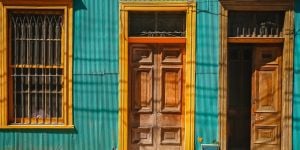
For citizens of more than 80 countries of the world, travelling to Chile as a tourist is fairly easy. If you are from one of these countries, you do not need to apply for a tourist visa before you leave home.
Upon entering the country, you must state your reason for visiting (tourism), and you will generally be given a 90-day tourist card if this is your first time visiting the country. Occasionally, upon multiple entries, local authorities (PDI - International Police) may only allow you 30 or 60 days. The tourist visa is a piece of paper, much like a receipt, that you should keep inside your passport. In Chile, you can renew the tourist card once for up to an additional 90 days. After this, you would have to leave the country. If you overstay the visa, you may receive a fine.
The visa or Tourist card
For passport holders from the other 100 countries of the world, a tourist visa must be applied for before you leave home at the closest Chilean consulate. A visa is an authorisation by a country to a foreigner, allowing them to remain within that country for a specified amount of time. You can find the embassy or consulate closest to your home here.
You can start the application process online and then pick up your visa at the consulate upon approval.
There are a few exceptions to these guidelines. For example, while Australian passport holders don't need a tourist visa before arrival, they must pay a reciprocity fee of approximately USD 117 if they enter the country through the Santiago International Airport.
Additionally, citizens of India and China may visit Chile without a tourist visa if they hold a valid visa to the United States and/or Canada.
Requirements for entering Chile
To enter Chile as a tourist, you will need a reason such as visiting family or friend. You will also need to show proof of a roundtrip ticket, where you will be staying, and that you have money or income to support yourself while in the country.
There are no vaccinations required to enter Chile, just some recommendations. Since no part of Chile is in the tropics, many diseases like malaria are not present. Public health levels and sanitation are pretty high, and all municipal water is safe to drink.
Getting around Chile
All foreign travellers have to enter Chile through the capital city of Santiago, which is centrally located in the country. Santiago, like most large cities, has its share of dangerous neighbourhoods. Yet, with caution and care, visitors can safely explore the city with taxis, the metro, or bus systems which are comprehensive and easy to use. To travel to other cities outside of Santiago, there is a large, safe, and inexpensive bus system which can take you anywhere you may want to go.
Car rentals are also available with any major credit card. As the price of gasoline can be high, so a diesel auto is recommended. Most roads are paved and well maintained, but if you plan to go to remote areas, you should consider a four-wheel-drive vehicle. Roads have good signage, and maps can be obtained at many gas service stations. The maps provide relatively accurate information for all of the paved roads, but it is not uncommon to find dirt roads as well. Even so, the municipality keeps these fairly well maintained.
Ruta 5
Ruta 5 is the major highway. Also known as the Pan American Highway, it runs from the northern border with Peru straight south through Santiago and down to the coastal city of Puerto Montt in the Los Lagos Region. While there are gas stations at regular intervals with food services, it is important to note that big chain hotels are not common sights at the highway exits. Therefore, some planning would be advisable for overnight accommodations. Hotels, hostels, cabins (cabañas in Spanish), and rooms for rent with the locals (hospedaje in Spanish) can be found on Airbnb, Tripadvisor, and Booking.com.
Chilean Pesos
Your home currency can be exchanged for Chilean pesos at the airport, and additionally, most mainstream stores in Chile will accept foreign visa credit cards. Smaller, more local stores may only accept cash. The best way to get cash is it to go to an ATM machine, which can be found virtually everywhere in banks, supermarkets, pharmacies, and metro stations. Your home bank usually has a competitive exchange rate though watch out for foreign transaction fees. Furthermore, each bank charges a different amount of commission for the use of its ATM. Unless your home bank has an agreement with a local bank, this charge will probably be at least 2,000-3,000 CLP per transaction with Scotia Bank and Banco Estado most consistently offering the most competitive rates. Finally, don't forget to notify your bank beforehand about when and where you will be travelling, so your card does not get denied for suspicious activity.
Chile is a pretty modern country and has a good selection of basic goods. So it's a comfort to know that should you need any basic items while travelling, you can probably find it.
We do our best to provide accurate and up to date information. However, if you have noticed any inaccuracies in this article, please let us know in the comments section below.








